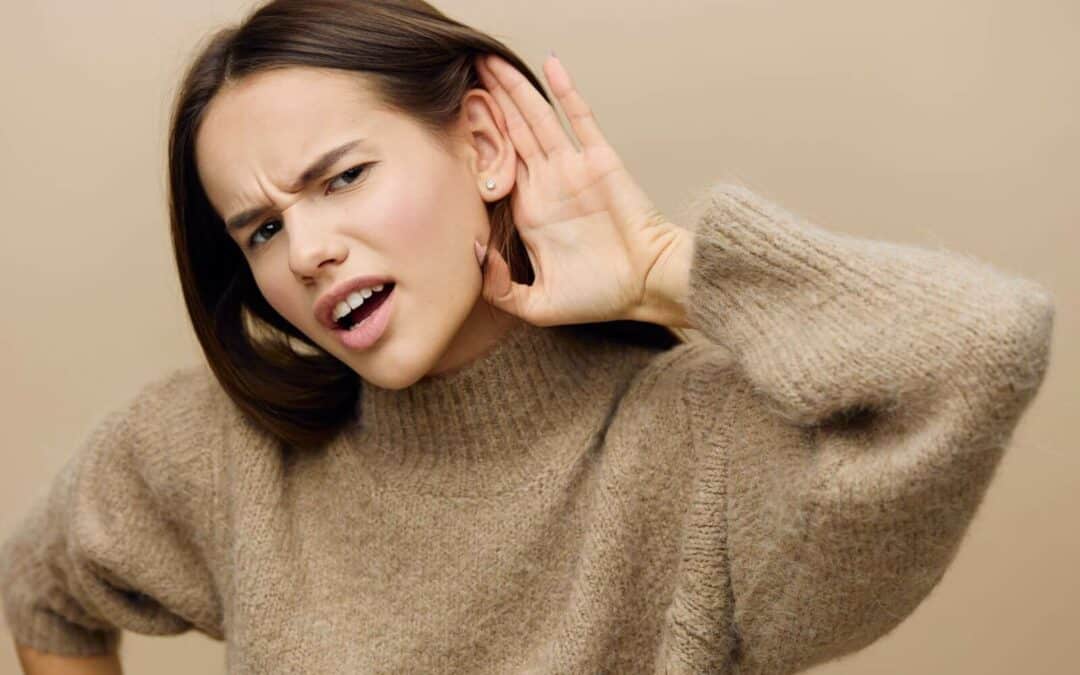The Listening Habits of Younger Generations
Millennials are identified as people born between the early 1980s and the late 1990s and are often defined by their coming of age along with the birth of the internet, making them digital pioneers. Meanwhile the younger, Generation Z was born between 1997 and 2012, and often defined by being immersed in a digital world. They have never lived in a world without the internet. Both younger generations are in some part defined by their relationship to coming of age with digital information, a detail which may illuminate why there are higher rates of hearing loss. For instance, the World Health Organization (WHO) estimates that 1.1 billion people between the ages of 12 and 35 worldwide may be at risk for hearing loss due to exposure to noise in entertainment venues and listening through headphones. It is likely that this increasing access to digital information at any time, may be a significant contributing factor to higher rates of hearing loss.
Technology and Noise Exposure
Now more than ever, we have access to any information we need at the touch of our fingertips. All we have to do is to ask a question, to receive a researched answer in seconds. We can listen to or watch nearly anything we want if we can think of it, meaning that our imagination is the limit when it comes to the vast world of the internet. While nearly every generation is addicted to their Smartphone, including Baby Boomers and Generation X, these younger generations, coming of age alongside the internet, may often have learned some hard lessons by listening unsafely to music and media through headphones at a young age.
How Loud is Too Loud?
The loudness of volume of sound is measured in decibels. Any decibel 85 dBA or higher can damage our hearing after eight hours of constant exposure. This is due to sound vibrations reaching a threshold where they start to damage the tiny cells within the inner ear which solely transmit sound from our ears to the brain. Unsafe listening levels cause the cells of the inner ear to shatter or become destroyed at high volumes leaving us with permanent hearing damage.
The louder we listen the less time it takes for damage to occur. In fact, for every increase of three decibels the exposure time leading up to hearing damage is cut in half. Sounds 88 dBA can damage hearing in four hours while at 91 dBA, sounds can be damaged in just two. However, some headphones at peak volume can reach 105 dBA or more! This is loud enough to damage hearing in just minutes! For Millennials and Generation Z, the hours spent listening to music, podcasts, and movies at loud volumes via headphones is the perfect storm for a generation which now struggles with hearing loss at previously uncharted rates.
Safer Listening Habits
You don’t have to stop listening to your headphones—just listen safer. Make sure to keep the volume turned down to no higher than 60 percent of the potential volume and be sure to take listening breaks every 30 minutes to an hour. In addition, you may benefit from noise canceling headphones which block out ambient noise while you listen, helping to resist the urge to turn up the volume to block sounds out.
If you are part of Generation Z or a Millennial, don’t think that you are free of the risk of hearing loss. If you suspect you are having issues hearing contact us today to schedule a hearing exam now.

